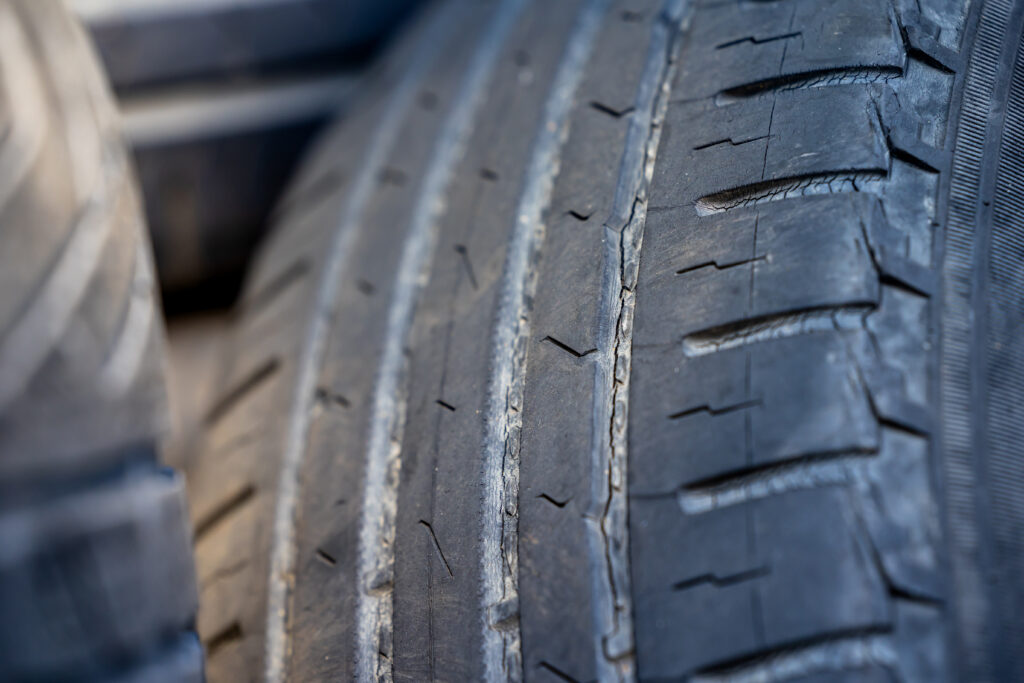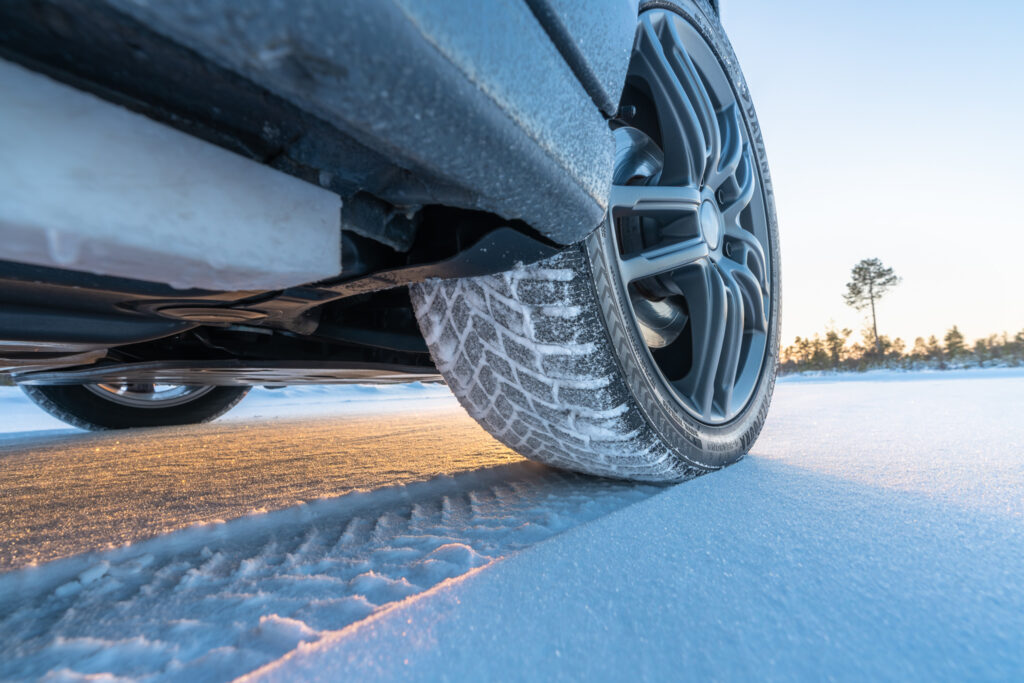
Why Are My Tyres Cracked? Causes, Dangers, and Solutions
Thursday 20th November 2025During your monthly tyre checks, you may have noticed your typically reliable tyres seem to be showing noticeable cracks in the sidewall or tread. Tyres are complex components of your car that are unfortunately prone to age and environmental damage, which can cause you problems as they age.
Why are my tyres cracking?
- Tyre cracking is usually a symptom of a more complex problem. Depending on its location and depth, it could be caused by various issues.
- Age: Over time, tyres will naturally degrade, weakening the tyre regardless of its tread type and capabilities. The mixture of oxygen, UV rays, and heat slowly causes the rubber to become more brittle and prone to cracking. We recommend replacing your tyres every 5-6 years to be on the safe side. If you are unsure how old your tyre is, look for the ‘DOT Code’ on the sidewall, which contains the week number and year of manufacture. Learn more about this on our blog, “What does a DOT code tell me about my tyres?”
- Chemicals: It may come as a surprise, but tyres can be quite porous and affected by chemicals, especially when stored in contact with them for a long period of time. Fortunately, prevention is easy: avoid storing your car where there is any buildup of dirt, oil, or unknown chemicals that could break down the rubber, and clean your tyres often.
- Tyre Pressure: When tyres are under-inflated, cracking can occur as heat builds up during driving. However, over-inflation can also stretch the tyres significantly, causing cracking in the sidewall.
- Direct Sunlight: Prolonged exposure to sunlight (specifically UV rays) is another culprit. This damage is caused by the constant cycle of the rubber expanding in the heat and contracting in the cold. We recommend that, if possible, you store your vehicle inside a garage or out of direct sunlight.
Signs and types of cracking
Tyre cracking can manifest in different ways and appear almost anywhere on your tyre. Check your tyres regularly, inspecting the entire tyre for punctures, cuts, and cracks. While some may seem surface-level, others can look more dramatic.
The location is also a good indicator of the cause: cracking on the exterior sidewall might suggest UV damage, while cracking on your tread may indicate corrosive substances or incorrect tyre pressure.
Do I need to replace my tyres if they are cracking?
Tyre cracking is usually a symptom of a long-standing problem. Once cracks appear, it’s already too late, and it’s time to get them replaced. However, preventive measures can help you get the most out of your tyres and drastically extend their lifespan.
Understanding the causes and signs of tyre cracking is a crucial step for the safety and maintenance of your tyres. While you can’t repair the damage, you can now take steps to avoid it, such as regular cleaning, consistent pressure checks, and mindful storage.
Davanti offers a wide range of tyres to fit your needs. Learn more about our products on our range page, or check out our dealer locator.









